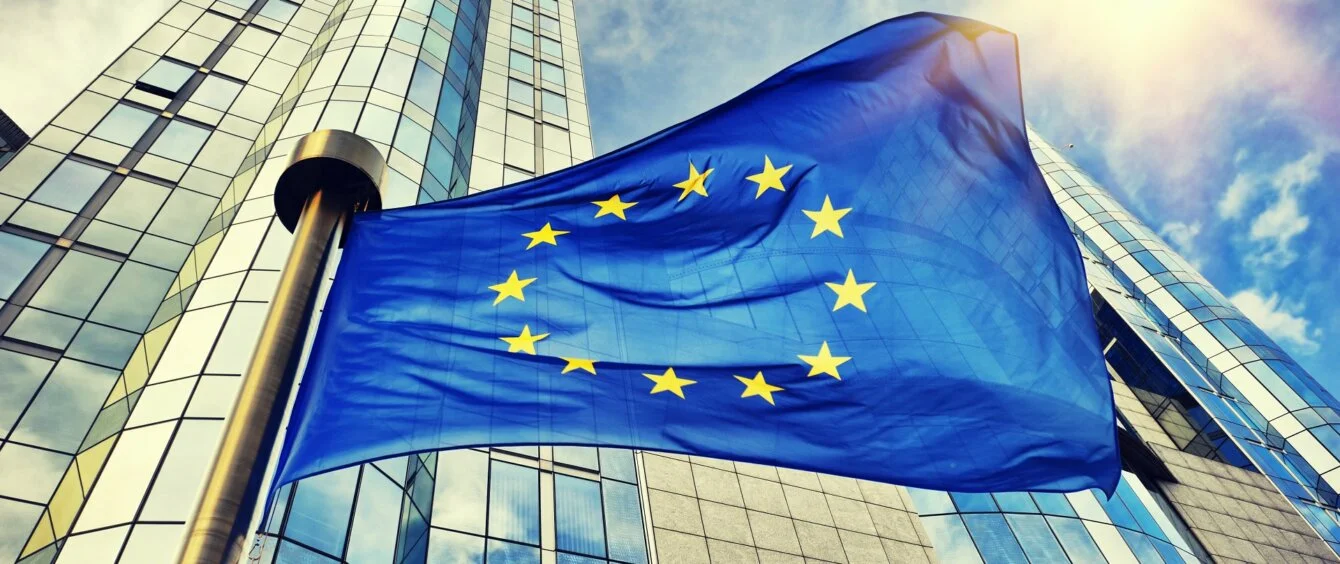In response to industry support in the US, the European Commission has presented the Green Deal Industrial Plan. The aim is to strengthen the competitiveness of Europe’s net-zero industry. This involves three measures.
1. Reform of the EU internal electricity market: more renewables and cheaper prices for consumers
With its proposals for reform, the Commission wants to protect consumers from high energy prices.
To this end, the EU internal electricity market will not be fundamentally changed, but rather targeted changes are to be made: the Commission proposes to rely on both long-term supply contracts (power purchase agreements) and contracts for difference – without changing the foundation of the electricity market design, such as the current pricing mechanism (marginal pricing).
2. Net-Zero Industry Act
The planned regulation aims to strengthen the competitiveness of the production of zero-emission technologies and corresponding supply chains in the EU. The aim is to increase the production capacity for CO2-neutral technologies such as photovoltaics, wind and hydrogen to around 40 percent of EU demand by 2030. This is to be helped by, among other things, faster planning and approval procedures in order to reduce bureaucracy.
3. Critical Raw Materials Act
The demand for critical raw materials will continue to grow in the EU. At the heart of the regulation are benchmarks for intra-European capacities along the strategic raw material supply chain and for diversifying the EU’s supply by 2030.
To achieve this, the administrative burden will be reduced, the approval procedures for certain projects simplified and access to funding facilitated, among other things.
At the same time, the import of critical raw materials will be diversified in order to reduce dependence on individual supplier countries.
What happens next?
The European Parliament and the member states in the Council of the European Union will now discuss the proposals. Basic agreements are expected by the end of this year.
photo credit: © symbiot, shutterstock.com
